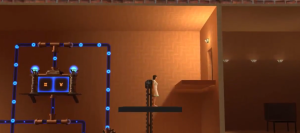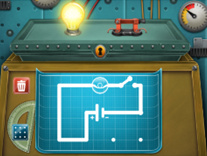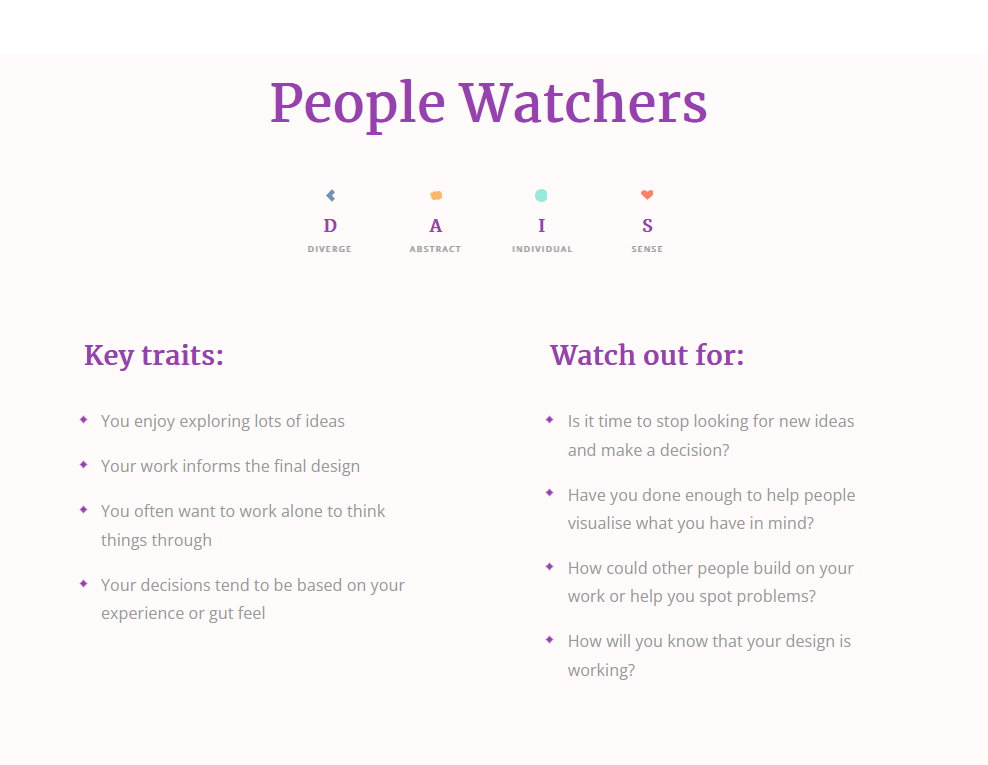Part 1: What did you find?
See table in this PDF document: market-research-games-and-blog-v2
I have highlighted in green the ones that I will likely select for further analysis.
Part 2: What have you learned about games in your topic area?
I discovered “games for change” (provided in our task description) and then lumen.io, as they are hosting one of the games I was interested in. I did not select a specific game from their catalog, but I was impressed, and I truly enjoyed seeing all they do and the significant initiatives they support (Game plan, Stem your game).
First, I looked for games about speed vs. time or motion characteristics. It only brought plays with similar genres, such as trains, trucks, car racing, Etc. I selected a train game and was genuinely impressed by its immersive experience. In addition, I found the ski resort sim building (Snowtopia), a great low poly environment, and unsophisticated 3D humans the kind I could develop with an indie budget. Quite inspiring.
Then I looked for civil engineering games, possibly light traffic sync. Some games on Steam could have been more attractive, but then I found the space engineers game. I liked it and learned it won quite a few awards, but I did not select it as it seemed too sophisticated and too much work to be inspiring.
Then, I wondered if sim city could be related to my topic. I read this excellent article: https://www.simcityplanningguide.com/2013/11/simcity-civil-engineers-perspective.html
So I looked at some videos that give tips and tricks on planning roads, traffic, and intersections with sim city. I learned most of how crossings of different kinds of roads are managed here: https://www.youtube.com/watch?v=g-8lhpINmXE
Finally, I added sim city to my list to continue exploring it later. There is a lot to study, so I will leave some later.
Then, I realized my search had been oriented initially toward physics principles, and maybe there are other city builders out there to look for, or perhaps sim city has swallowed the entire market. The genre brings strategy into the mix, and this is inspiring for my game. However, let’s try not to make a too large scope and keep it small—just one road with three intersections with different environments and vehicles.
PS: I made a version 2 (v2) adding a couple of intersection traffic lights sim and games. Now, I have a good mix of findings.
LEVEL 2 Assignment and feedback: level2-assignmentv4 [PDF]
|
Part 2 – The Results – Game 1
|
DO Comments
Move a Stickman Puzzle – I’ve actually played this game in the past, it is an interesting idea for a game, there is lots of room for experimentation but as you pointed out in the comparison to your project topic, pre-requisite knowledge is necessary to be successful and to know why you were successful.
|
|
|---|---|---|
|
Part 2 – The Results – Game
|
DO Comments
Control Your Car – This sounds like an interesting simulation though it seems very light on play which would be essential for getting learners to engage to learn the rules. I also like that you are considering your learners in the comparison here as well to know that long textual elements would be a deterrent.
|
|
|
Part 2 – The Results – Game 3
|
DO Comments
Traffic Command – This seems like a close fit to the project you have proposed and I think that you have a nice example of what the game would be like without the scientific data and graphs at the forefront which can be helpful to make sure all parts of your game are working as intended.
|


 1) The game contextualization provided some elements of fantasy and some functionality as the light bulbs react to a proper circuit diagram. I liked the short circuit red light and sound animation. These elements supported some of Lepper’s instructional design principles for intrinsic motivation, as described by Kapp (2012). But overall, the game design needs to include many other aspects. Because the game required to provide more control and the challenges were somewhat repetitive, my experience could have been more varied but instead was quite monotonous.
1) The game contextualization provided some elements of fantasy and some functionality as the light bulbs react to a proper circuit diagram. I liked the short circuit red light and sound animation. These elements supported some of Lepper’s instructional design principles for intrinsic motivation, as described by Kapp (2012). But overall, the game design needs to include many other aspects. Because the game required to provide more control and the challenges were somewhat repetitive, my experience could have been more varied but instead was quite monotonous.
